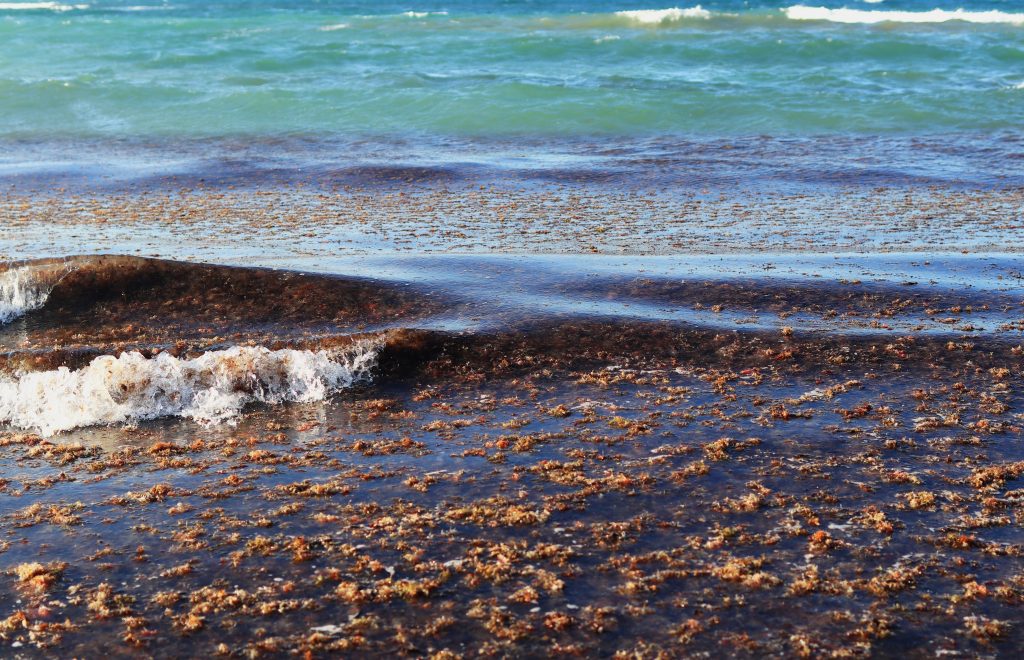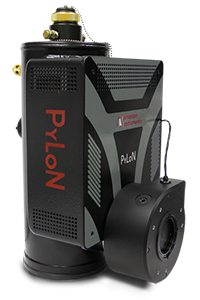Mickey Rogers
ChemRxiv
The Ocean’s Elevator: Evolution of the Air-Seawater Interface During a Small-Scale Algal Bloom
Sum Frequency Generation Spectroscopy helps to understand the structure of molecules on the interface between air and seawater.
The vast majority of the surface of the earth is covered by oceans. It is known that the exchange of gas and materials between air and seawater can have important effects not only on the marine ecosystem, but also on the climate on global scales. Investigating and understanding the physics and chemistry at the interface between air and sea enables us to better understand the processes involved in gas and material exchanges and can have an important role in correctly modelling the influence of the oceans on the global climate.
Prof. Heather Allen from Ohio State University in Columbus, Ohio, and her research group investigate the physical and chemical properties of water and interfaces using imaging and spectroscopy, such as Raman spectroscopy, and non-linear techniques like sum frequency and second harmonic generation spectroscopy.

In this publication the Allen lab reports on experiments investigating the interface between sea water and air with imaging, and vibrational and non-linear spectroscopy. Specifically, the group looks at changing properties of the surface during growth of marine algae and tracks its effects over time.
One measurement technique used by the group is sum frequency generation spectroscopy, which is a non-linear process that is frequently used in the investigation of surfaces and interfaces. The sum-frequency signal can only be generated when inversion symmetry is broken and therefore this technique is very useful in studying the molecular composition and structure of thin layers of molecules on surfaces.
The Allen group combines a short pulsed visible and tunable IR beam on the air-water interface controlling their polarization and uses a sensitive, aberration corrected spectrograph with a liquid nitrogen cooled CCD (IsoPlane SCT-320 and Pylon-400) for detection. As the second order sum-frequency signal can be weak, this combination provides sensitive and low noise detection, which is important for reliable, quantitative measurements.
The sum-frequency signal shows spectral features that originate from population of dangling OH molecules and their stretching motion as well as broad bands due to the “hydrogen bonding network of interfacial water“. The researchers monitor the spectral features over time during the growth of the marine algae population and attribute the changes in the spectral features to the binding of water with biological, organic material produced by the algae.


